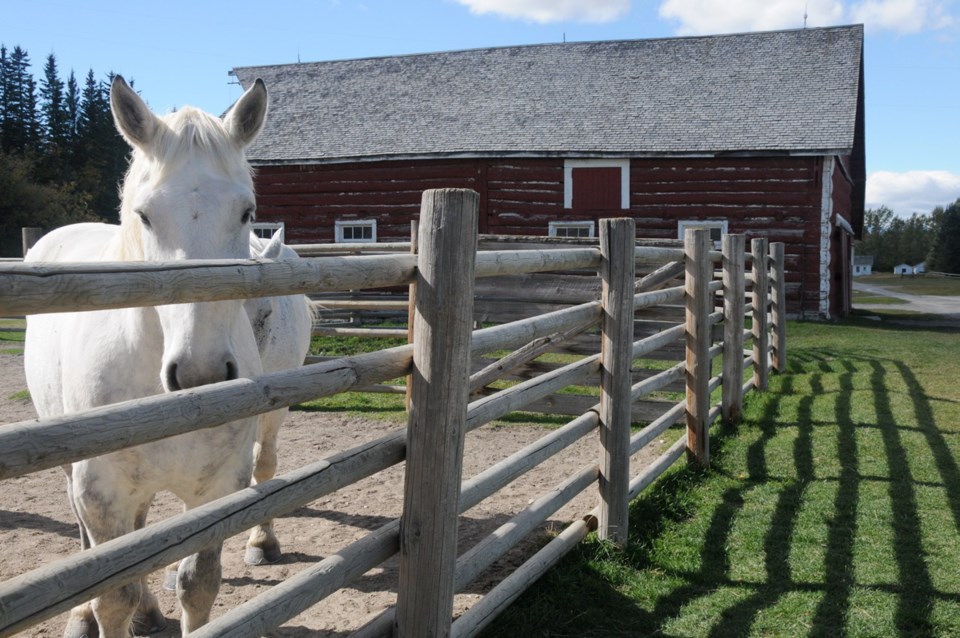From the Metchosin landing site of 70,000 Chinese labourers bound for France to the Halifax Explosion, the First World War touched cities, towns and rural areas across Canada.
Geoffrey Bird, a Royal Roads University professor of tourism management, has recently completed a documentary film, War Memories Across Canada: Sites of the First World War. It debuts on Wednesday.
Bird highlights 27 stories from sites across Canada to show how the war in France affected Canadians at home. He is making another film about the Second World War.
“It’s not so much telling the history of the First World War as it is telling the stories that places here can tell us of the war,” Bird said in an interview.
One of the stories he tells arises from a visit behind the fences of William Head Institution. It was once a quarantine station where Chinese labourers disembarked briefly before moving on to trains to cross Canada and eventually board ships bound for France.
Bird explained that, during the war, Allied governments were so short of men, they formed the Chinese Labour Corps. About 140,000 Chinese men travelled to France to dig trenches, unload ships, move supplies and generally free soldiers to fight.
About 70,000 of these Chinese men moved through William Head. Today, little remains save for a few pilings from an old dock, some old grave markers and a plaque.
“But there is a sense to the place,” said Bird. “You can just imagine this whole mass of humanity, all these guys going through there and stopping for just a short period of time.”
Likewise, a visit to Halifax to see commemorations of the explosion finds the city rebuilt. Only a few plaques and markers remain to tell of the blast, regarded as the single biggest human-caused explosion before nuclear weapons.
On Dec. 6, 1917, a French ship carrying high explosives collided with a Norwegian vessel and blew up. More than 2,000 people died, and a large part of Halifax was wiped away. Hardly a window in the city survived.
On his visit, Bird found a woman, a young girl at the time, who survived and can still remember details of what happened. Institutions such as the Maritime Museum of the Atlantic in Halifax continue to mark the date with commemorative ceremonies every year.
Another story in Bird’s film comes from the Bar U Ranch, a National Historic Site in the foothills of southern Alberta. Horses bound for the war were raised and trained there.
And another is the war memorial in St. John, New Brunswick. It’s a plinth and statue similar to most war memorials in Canada. But Bird found a human element marked by the statue. In June 1917, about 5,700 men of the 26th Battalion of the Canadian Expeditionary Force marched through on their way to France. Of the force, 4,000 were killed or wounded.
“It was a tough time,” Bird said. “You’ve got this terrible news coming through to Canadians about men killed or wounded.
“At the same time you’ve got rationing, things like the Halifax Explosion and this constant exodus of soldiers to go and fight with no end in sight.
“The intention of this film is to inspire people to find the stories in their own local areas.”
War Memories Across Canada: Sites of the First World War debuts at 7 p.m., on Wednesday at the Vic Theatre.
Later, the film is expected to be made available online at warheritage.royalroads.ca, which will be activated after the film has premièred.
